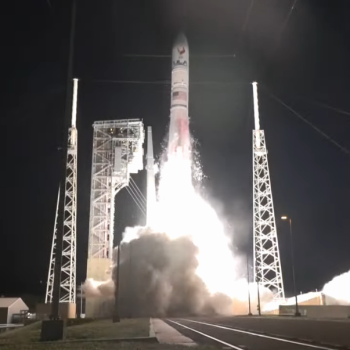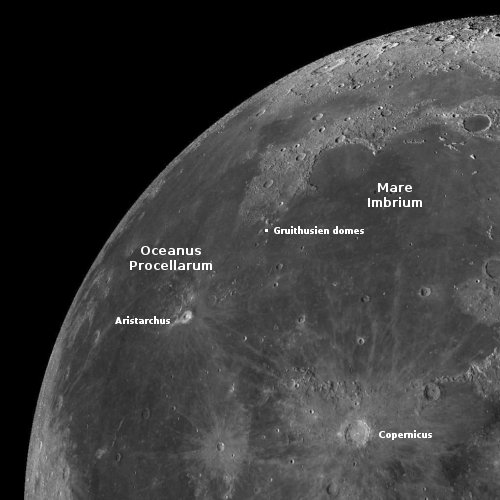Status of ULA sale offer, as seen by bankers
Link here. The article outlines the perspective of the banking community to the sale, relative to the three potential known purchasers, Blue Origin, Cerberus, and Textron.
[M]ost contended that a deal should have been finalized years ago, as SpaceX now dominates the global rocket launch market and has grabbed share from ULA’s best customer, the U.S. military. The sticky part of a sale, those bankers said, is the need for new ownership that can both streamline ULA and invest in further innovation.
The price is another sticking point: Bankers suggested ULA’s owners initially sought more than $4 billion for the company, but the consensus of a reasonable winning bid was in the range of $2 billion to $2.5 billion. As one banker emphasized to me, there’s more competition among heavy launch vehicles like Vulcan today than there was a decade ago, and the rocket’s only just getting going now.
First, it appears that Textron has already dropped out. Second, the reason the sale was delayed was solely the fault of Blue Origin, as delays in delivering its BE-4 rocket engine to ULA caused the first launch of the Vulcan rocket to be delayed years. The sale couldn’t happen until that rocket was proven flightworthy.
The analysis between Blue Origin and Cerberus makes it hard picking either as the likely winner. It suggests that while Blue Origin, as a rocket company, might be able to more quickly take advanage of the ULA’s assets, Cerberus would be a better managerial fit, more able to trim the fat and make ULA more competitive. For sure, Blue Origin shows no ability to trim fat or work fast.
The bankers also indicated a dark horse could still appear.
Hat tip to BtB’s stringer Jay.
Link here. The article outlines the perspective of the banking community to the sale, relative to the three potential known purchasers, Blue Origin, Cerberus, and Textron.
[M]ost contended that a deal should have been finalized years ago, as SpaceX now dominates the global rocket launch market and has grabbed share from ULA’s best customer, the U.S. military. The sticky part of a sale, those bankers said, is the need for new ownership that can both streamline ULA and invest in further innovation.
The price is another sticking point: Bankers suggested ULA’s owners initially sought more than $4 billion for the company, but the consensus of a reasonable winning bid was in the range of $2 billion to $2.5 billion. As one banker emphasized to me, there’s more competition among heavy launch vehicles like Vulcan today than there was a decade ago, and the rocket’s only just getting going now.
First, it appears that Textron has already dropped out. Second, the reason the sale was delayed was solely the fault of Blue Origin, as delays in delivering its BE-4 rocket engine to ULA caused the first launch of the Vulcan rocket to be delayed years. The sale couldn’t happen until that rocket was proven flightworthy.
The analysis between Blue Origin and Cerberus makes it hard picking either as the likely winner. It suggests that while Blue Origin, as a rocket company, might be able to more quickly take advanage of the ULA’s assets, Cerberus would be a better managerial fit, more able to trim the fat and make ULA more competitive. For sure, Blue Origin shows no ability to trim fat or work fast.
The bankers also indicated a dark horse could still appear.
Hat tip to BtB’s stringer Jay.


